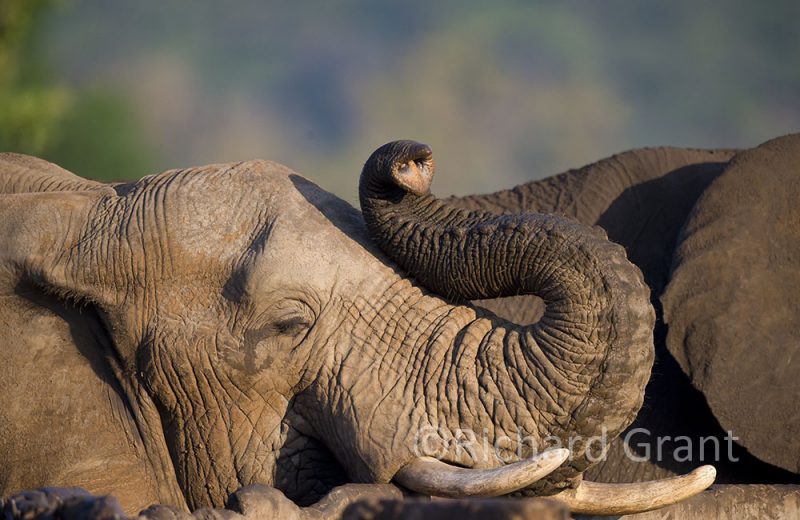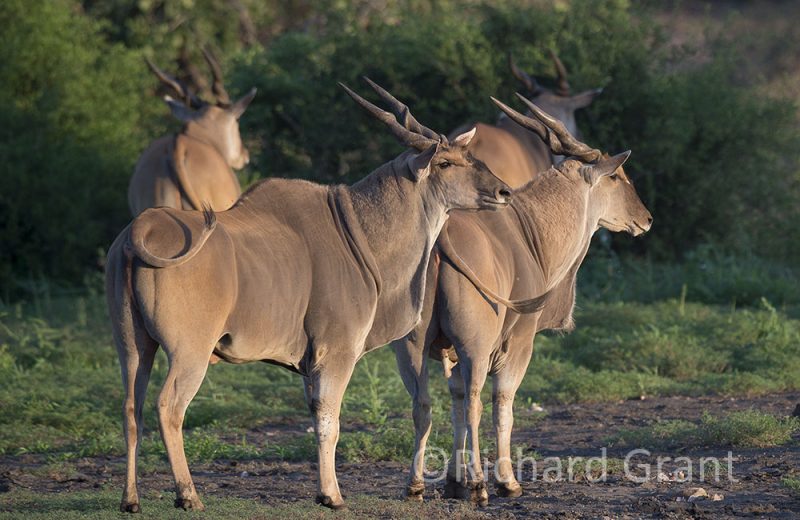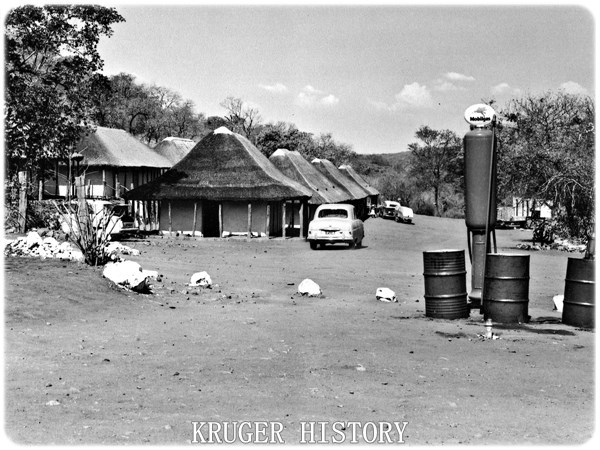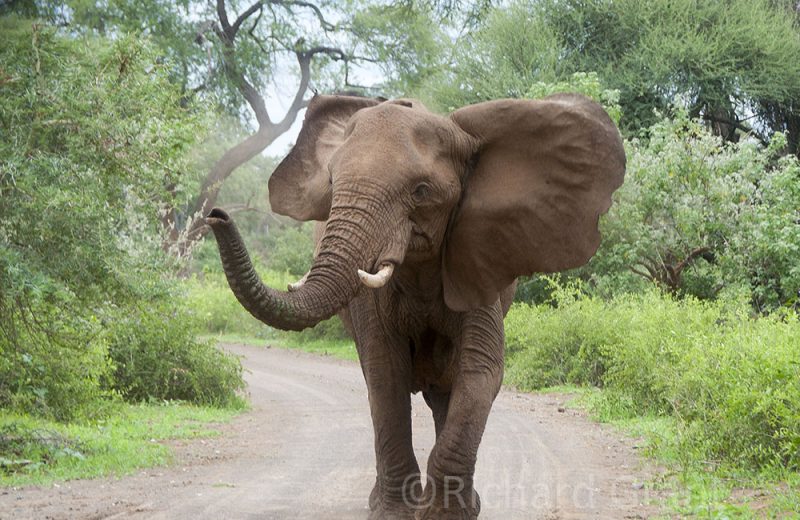Saturday
After our slow start at Punda, I settled down to resurrect my blog last night. I was horrified to find that recent repair work done on my computer had upset many of the settings. So I had to fumble through everything and at 1am this morning I finally get a rushed blog dispatched. But with my mind racing I struggled to sleep and we end up getting up late and missing gate opening. Very unlike us but these are rather unusual circumstances.
After some breakfast we go out clockwise along the S99 Mahomie Loop. The sky is bright and the air crisp, cool and still. We wander through this parklike paradise with short green grass and majestic trees dotting the landscape. Every now and then we catch a glimpse of the Restcamp buildings hugging the hillside.
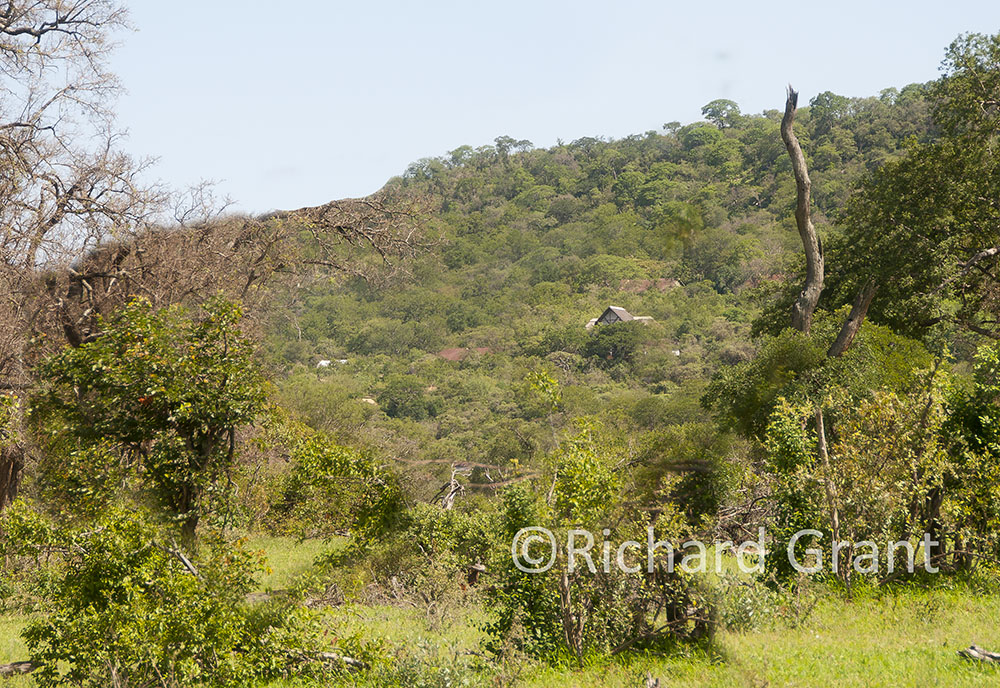
As is so much the case in South Africa, many early settlements owe their beginnings to a permanent water supply (a fontein) which is so with Punda Maria. It was sited in about 1920 where a spring ushered from the hillside. I am resending the “Historic Snippets” that I put out a year ago.
After coffee in the shade of a great Maroela tree, we creep on and in true Kruger tradition, experience the unexpected. A rather distant Brown Snake Eagle is perched atop a tree and is being dive-bombed by four Fork-tailed Drongos – which is not an unusual sighting.
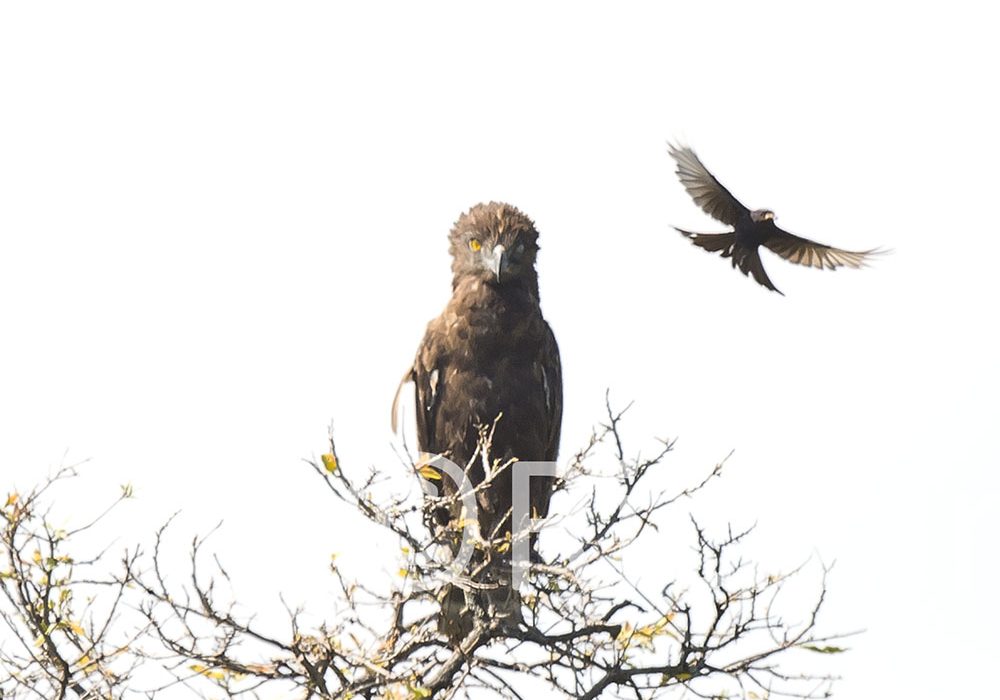
But what is unusual is that the plucky Drongos take turns to perch on top of the Eagle’s head and,,,,,,,,,,,,, it quite happily allows them to do so. This is so exceptional in my experience and I can assure you that no Photoshop was used..
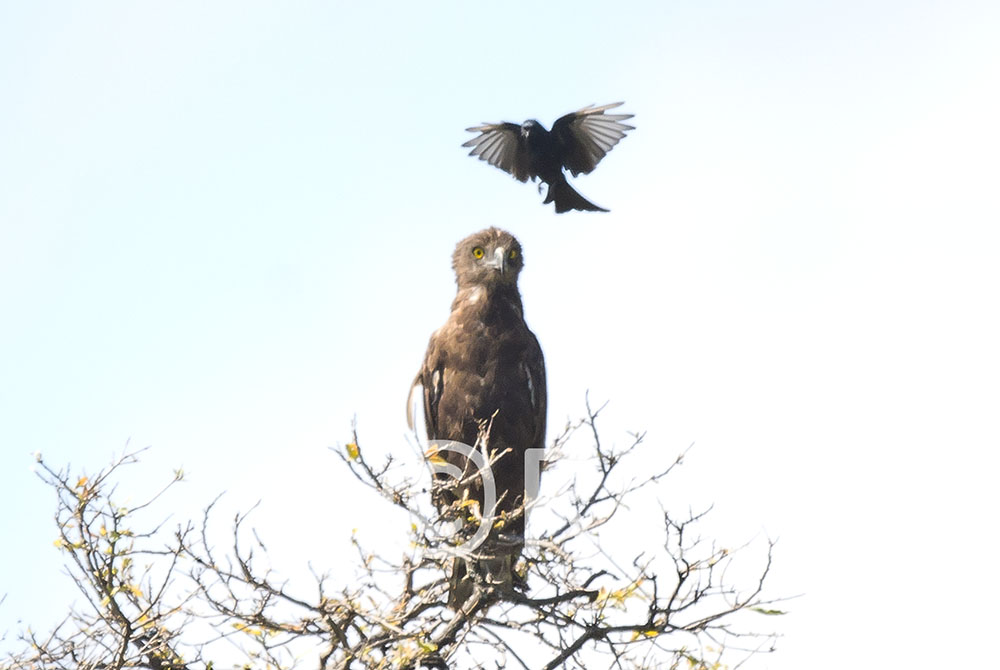


Which typically makes Kruger so interesting. It’s the small things. We are only out of camp from two hours and in that time see three cars. Punda is definitely the place for ‘rest and recuperation’,
One of the specials of Punda is the Penant-winged Nightjar. I include a picture of this remarkable bird off the internet to give you some idea of its extravagant plumage.
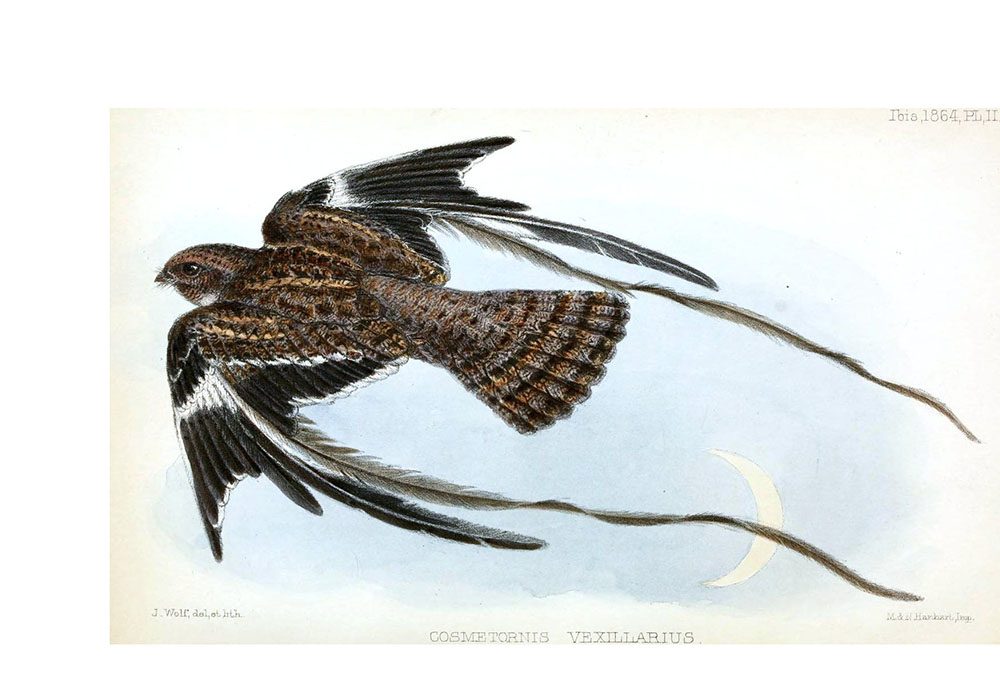
Unfortunately, I left my research a little late as I had plans to track down this wonderful bird whilst it visits Punda in summer. But I find that these penant feathers that trail so beautifully in flight are only present for a short spell at the beginning of the breeding season – 6 weeks from the end of October to early December – after which they moult. Which puts paid to my plans. What a good reason to return in November.
This evening we sit sipping wine as the sun sets behind the hills to the west. January in northern Kruger?? The heat?? Far from it, the days are cool and idyllic once the rains begin and like last February, the wind drifts constantly from the south-east. I switch on my bird caller and try and call in a Penant-winged Nightjar using its squeaky, whistling call. Nothing arrives. But when I play the European Nightjar within seconds one of these lovely birds swoops in.

